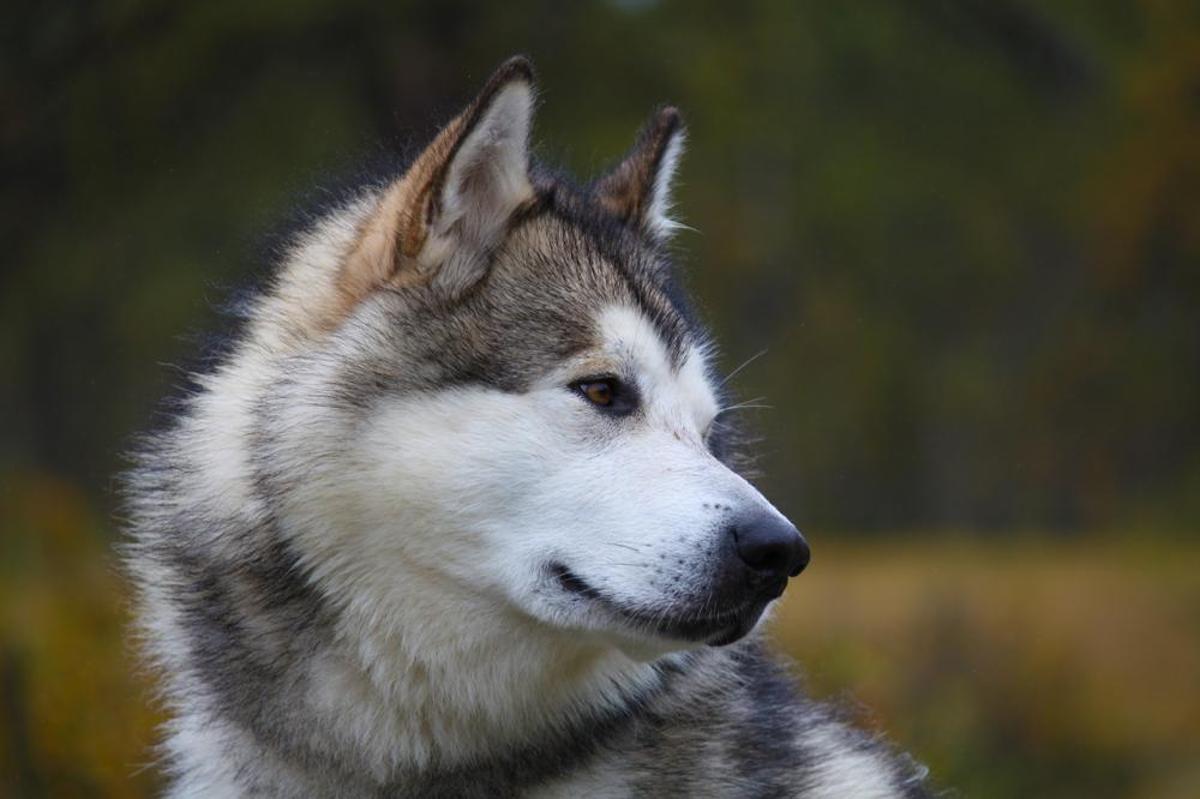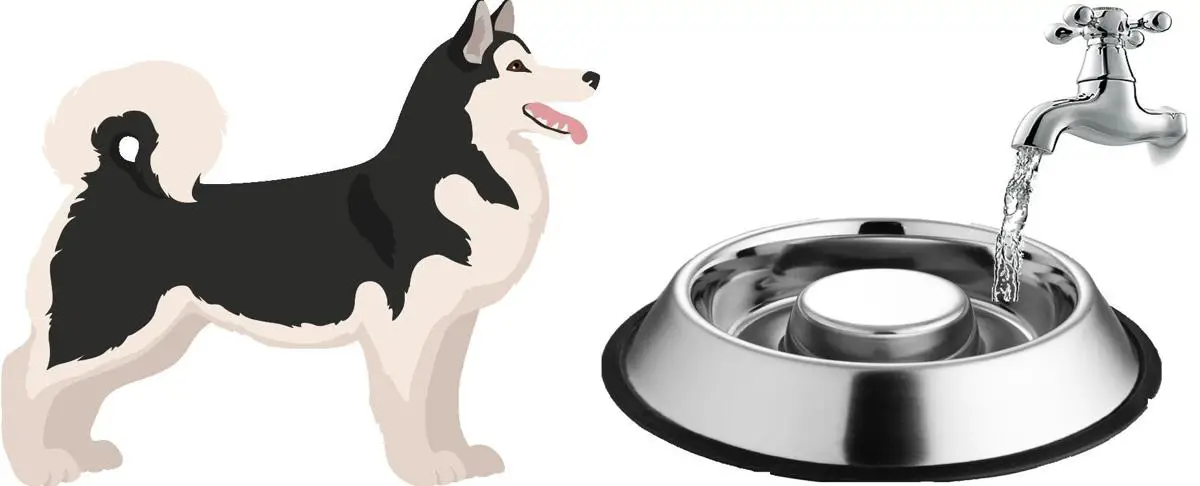Quick Links: Table of Contents
- Alaskan Malamute Breed Overview
- History of the Alaskan Malamute Breed. Where Alaskan Malamutes came from
- What the Alaskan Malamute Looks Like
- How Much is the Alaskan Malamute Puppy?
- Best Alaskan Malamute Breeders
- Adopting or Rescuing the Alaskan Malamute
- Alaskan Malamute Growth
- What Colors do Alaskan Malamutes Have?
- The Temperament of the Alaskan Malamute
- How Long Alaskan Malamutes Live
- Alaskan Malamute Litter Size
- How Fast Alaskan Malamutes Can Run
- Good Names for Alaskan Malamutes
- How Intelligent are Alaskan Malamutes?
- How Popular are Alaskan Malamutes with New Dog Owners?
- Health Problems in Alaskan Malamutes and How to Prevent Them
- How to Take Care of Alaskan Malamute
- Dog Breeds That Are Similar to Alaskan Malamutes
- Other Things to Know About Alaskan Malamutes
Alaskan Malamute Breed Overview
The Alaskan Malamute is a large-sized dog.
The adult Alaskan Malamute stands 1 foot, 11 inches to 2 feet, 1 inch tall at the sh.
The Alaskan Malamute belongs to the Working Dogs group.
Dogs in the Working Dogs group, like the Alaskan Malamute, were developed to assist humans in some capacity – including pulling sleds and carts, guarding flocks, guarding homes, and protecting their families.
Breeds in the Working Group are known for their imposing stature, strength, intelligence, and fearless.
Because of their size and strength, working dogs require a structured home life and firm, fair, consistent training by someone who can provide leadership without resorting to anger or physical force.
The fact that the Alaskan Malamute belongs to the Working Dogs group is one of the reasons why Alaskan Malamutes have the personality and temperament that they have.
The temperament of the Alaskan Malamute is generally described as:
- Affectionate
- Devoted
- Dignified
- Friendly
- Loyal
- Playful
History of the Alaskan Malamute Breed. Where Alaskan Malamutes came from
Developed to pull sleds in harsh environments, Alaskan Malamutes are big, powerful dogs.
Alaskan Malamutes dig and climb exceptionally well, making them very difficult to contain behind a fence.
Worker Alaskan Malamutes thrive in kennels – they have lots of exercises and interesting work to do – so keeping one in the backyard isn`t the most sensible idea.
Fences seem to be more of a challenge to the Alaskan Malamute to cross than an obstacle.
It is important to obtain your Alaskan Malamute from either an experienced breeder who does genetic screening and temperament testing on their dogs.
Alaskan Malamutes can be prone to a few genetic diseases, and there are temperament problems in the breed, so be careful when purchasing one.
Despite being native to Alaska, the Alaskan Malamutes quickly became important in 1896 during the Alaska Gold Rush, when miners paid sky-high prices for sleds.
Malamutes were popular at this time and were often crossed with other breeds to increase either their speed or their size.
The Alaskan Malamute Club of America was formed in 1935, the same year the American Kennel Club recognized the breed.
The breed was devastated in the 1960s, however, when a cruel and terrible regulatory decision resulted in many Alaskan Malamutes being intentionally blown up on an ice floe after serving on an Antarctic expedition.
Registration of the breed was temporarily reopened by the AKC to re-establish the breed line.
The breed has since thrived and now ranks in the upper hundredth percentile among those registered with the AKC.
.
What the Alaskan Malamute Looks Like
The Alaskan Malamute is a large double-coated and broad dog that is used for working.
Alaska Malamutes have eye-markings that are the mark of their breed.
This breed can be gray, sable, black, and red with a white underbody.
The only acceptable solid color for this breed is white.
Alaskan Malamutes are generally bigger dogs that will shed a lot.
They are active and need to be exercised multiple times a day, daily.
The Alaskan Malamute can withstand freezing temperatures and make great pack animals as they will stick together on a trail.
You can easily identify the Alaskan Malamute because of the “mask” or darker “bar” of fur over their eyes which makes it different from its husky counterparts.
.
How Much is the Alaskan Malamute Puppy?
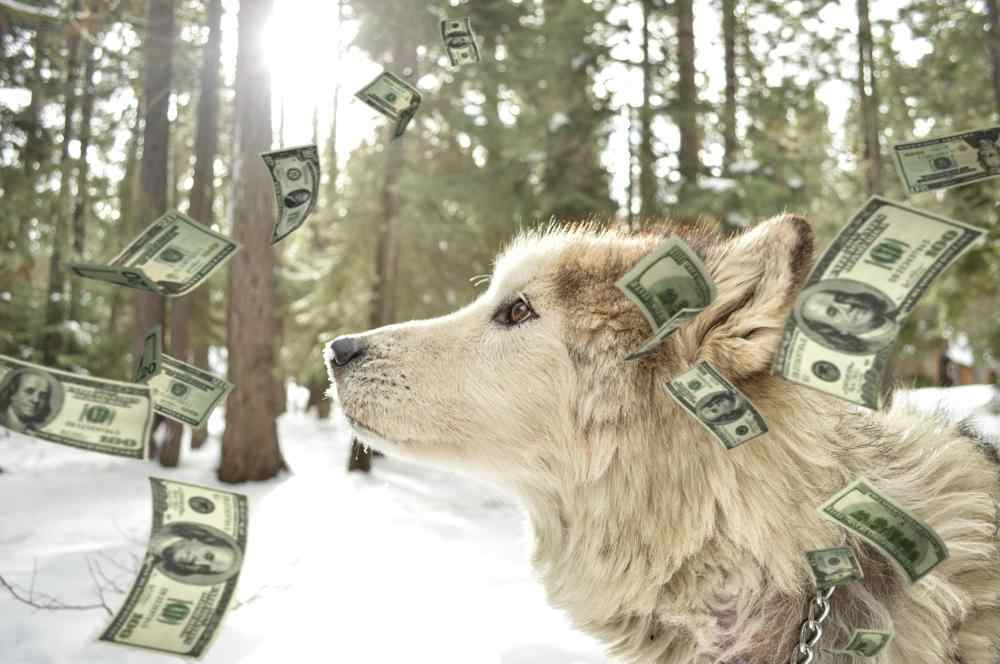
The average price of a Alaskan Malamute puppy is $1580. The price of a Alaskan Malamute puppy ranges from $950 to $2000.
A lot of factors determine the price of the Alaskan Malamute. These factors include what health records the Alaskan Malamute puppy has, the lineage of the Alaskan Malamute puppy, the US state the breeder is located in, etc.
To estimate how much you can expect to pay for a puppy Alaskan Malamute based on the many factors that determine the price of the Alaskan Malamute puppy, check out our calculator that lets you estimate how much you should expect to pay for the Alaskan Malamute puppy based on what you want in the puppy.
When looking to buy a puppy, look at buying a puppy only from well-established breeders that breed puppies primarily for the love of the Alaskan Malamute breed, and secondarily for profit. Do not buy a puppy from a puppy mill. Puppy mills mass-produce puppies in bad living conditions for maximum profit.
You may also consider adopting instead of buying a puppy. Adoption costs are very low compared to the price of a puppy.
Best Alaskan Malamute Breeders
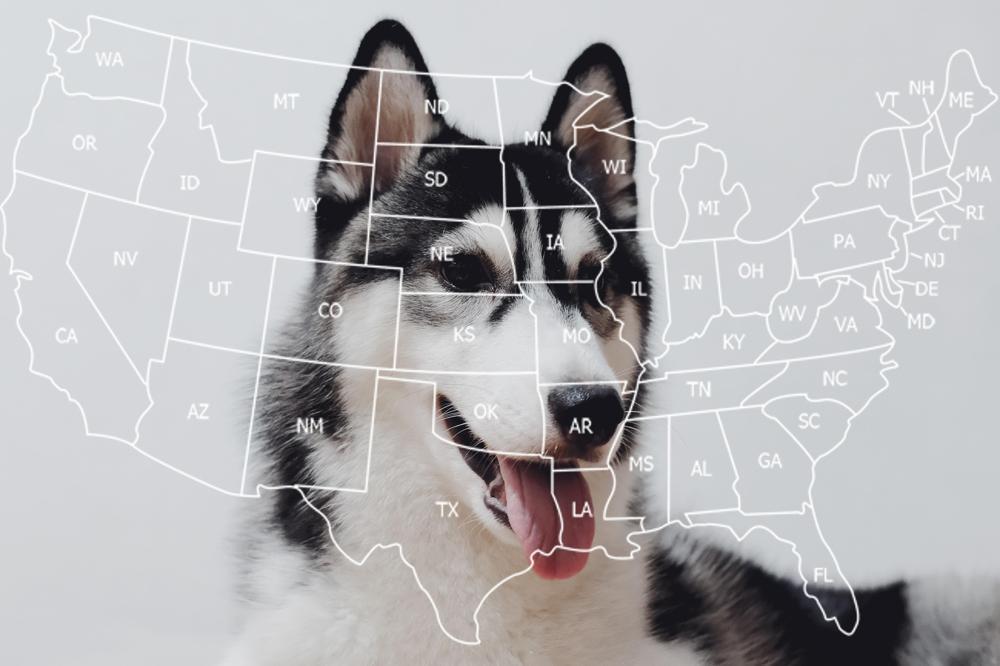
We have researched reputable Alaskan Malamute breeders that you can buy a puppy.
Go to this page for our complete list of reputable Alaskan Malamute breeders in various states in the United States.
On this page, you will see how much these breeders sell their puppies for, and how many puppies they have available.
A few of these breeders are listed below.
BlackRock n Owyhee
Puppy Price: Check with breeder
David Dickens
Puppy Price: $1500
Ivorywind Alaskan Malamutes
Puppy Price: $1000
Uyak Kennels, Reg. (established 1966)
Puppy Price: $1700
Illusion Kennel
Puppy Price: $2,000
Adopting or Rescuing the Alaskan Malamute
You may consider adopting a dog instead of buying a puppy. Many dogs, Alaskan Malamutes included, are currently available for adoption in your local dog shelters.
These helpless but adorable dogs are waiting in dog shelters hoping that someday someone will rescue them. Dog adoption costs are lesser than the cost of a new puppy. Dog adoption costs are usually around $300 or even less.
In addition to your local dog shelter, another good place to find dogs that are available for adoption is petfinder.com.
Below is an adorable Male Alaskan Malamute named Balto that is currently available for adoption on Petfinder.com. You can find other lovely Alaskan Malamutes like Balto on pefinder.com.
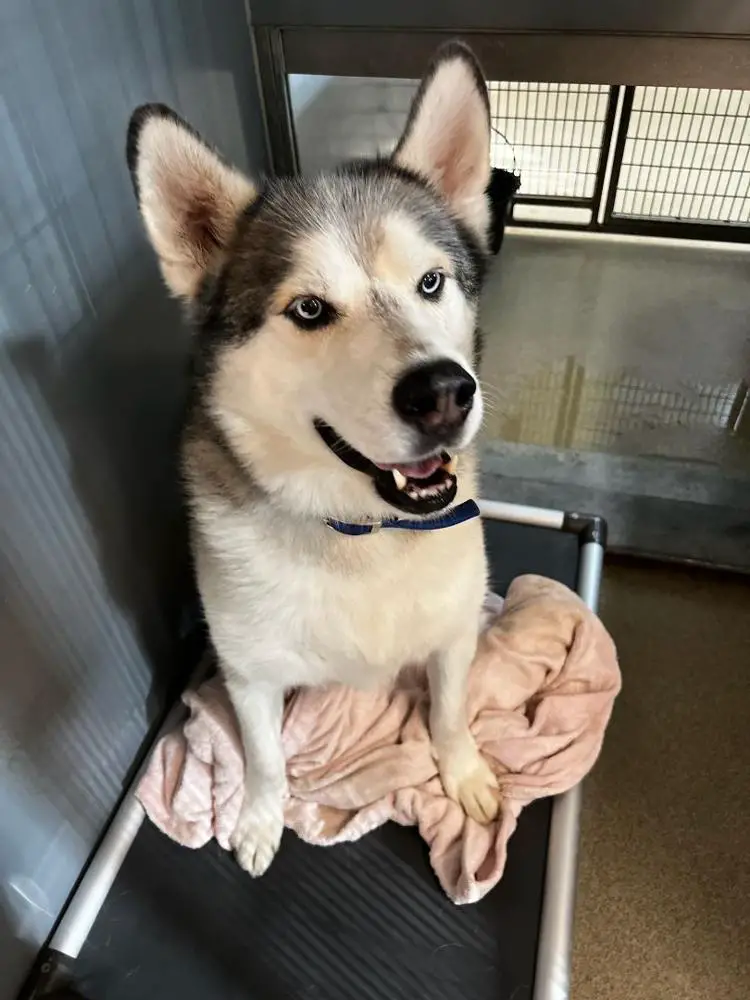
Denali is the name of another Alaskan Malamute (Male) on petfinder.com that is looking for a new forever home.
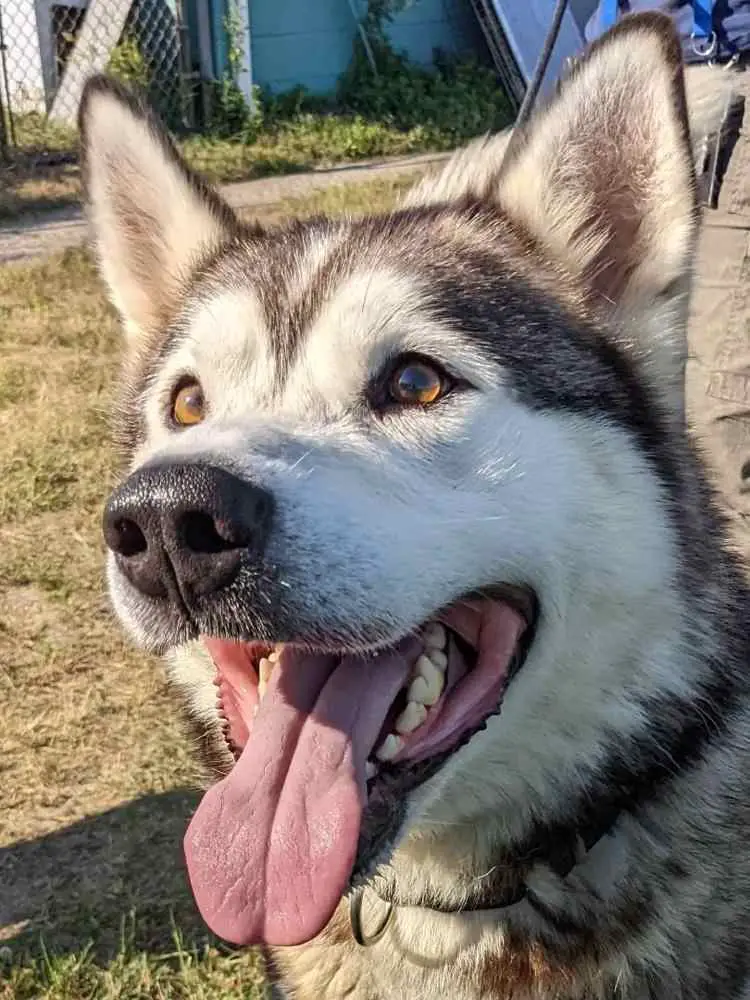
You can find more Alaskan Malamutes that are available for adoption on petfinder.
Alaskan Malamute Growth

New Alaskan Malamute owners need to know about the growth of their Alaskan Malamutes. This will help them plan their living spaces accordingly.
Also, knowing the typical growth pattern of the Alaskan Malamute will help new owners catch the abnormal growth of their Alaskan Malamute early.
See our calculator for predicting how big your Alaskan Malamute puppy will get. You will also learn about the typical weight of the Alaskan Malamute at different ages and how to catch abnormal growth in your Alaskan Malamute
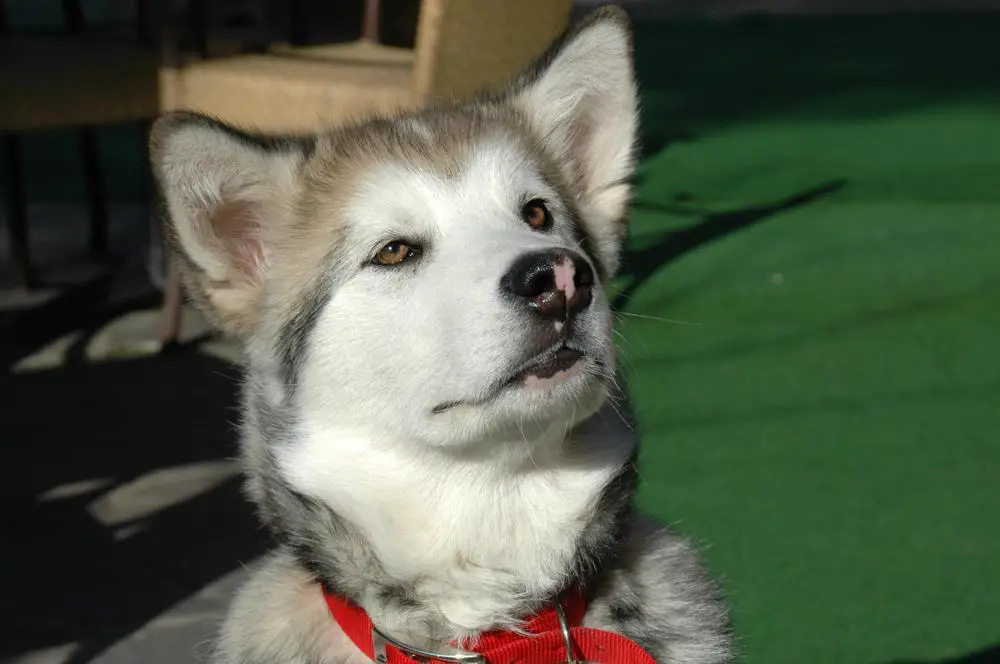
What Colors do Alaskan Malamutes Have?
Alaskan Malamutes come in the following beautiful primary colors:
- Red / Chestnut / Orange
- Bicolor
- White / Cream
- Black
- Tricolor (Brown, Black, & White)
- Yellow / Tan / Blond / Fawn
- Gray / Blue / Silver
- Brown / Chocolate
Alaskan Malamutes come in the following lovely secondary colors in addition to their primary colors:
- White / Cream
- Black
- Golden
- Gray / Blue / Silver
- Yellow / Tan / Blond / Fawn
- Bicolor
- Brown / Chocolate
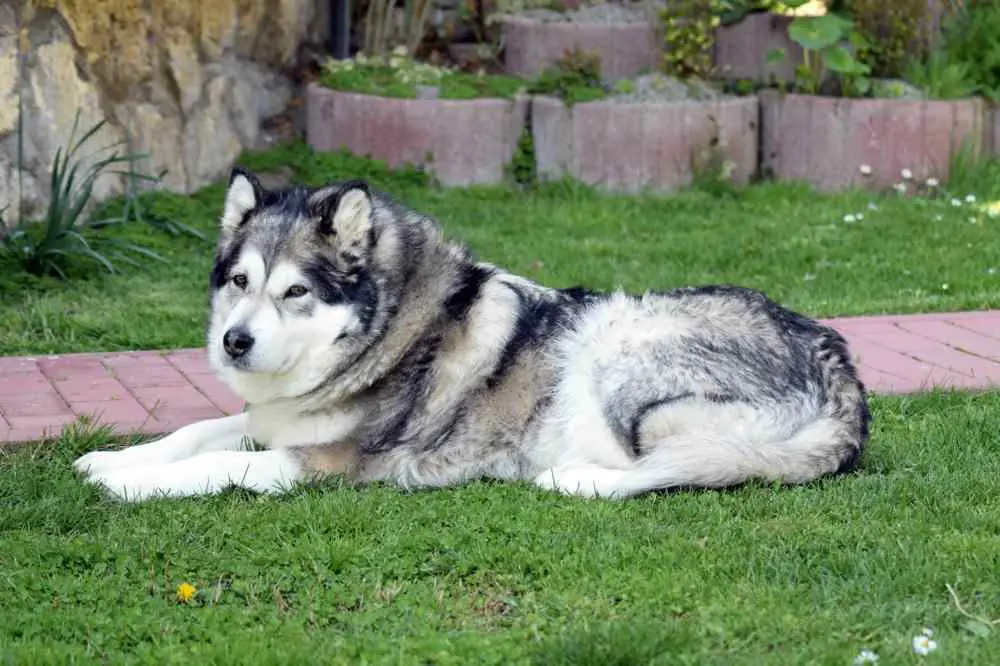
The Temperament of the Alaskan Malamute
The temperament of the Alaskan Malamute based can be summarized as in the table below.
The table shows the scores of the Alaskan Malamute for 13 important dog behavioral factors.
We obtained these scores by analyzing raw data from the C-BARQ dog personality survey tool. The higher the score of a dog for a factor, the worse the temperament of the dog regarding that factor.
The C-BARQ tool was developed by researchers from the University of Pennsylvania, and it is a scientific tool that is used worldwide for reliably measuring the temperament of dog breeds.
See our complete analysis of the temperament of the Alaskan Malamute here.
| Factor | Score |
|---|---|
| Dog Rivalry | 77.4 percent |
| Dog Directed Aggression | 76.1 percent |
| Prey Drive | 65.1 percent |
| Owner Directed Aggression | 53.2 percent |
| Touch Sensitivity | 42.2 percent |
| Stubbornness | 39.4 percent |
| Excitability | 36.8 percent |
| Energy Level | 32.9 percent |
| Nonsocial Fear | 32.8 percent |
| Attachment Attention Seeking | 31.9 percent |
| Separation Related Behavior | 31.8 percent |
| Dog Directed Fear | 23.7 percent |
| Stranger Directed Fear | 19.0 percent |
| Stranger Directed Aggression | 10.9 percent |
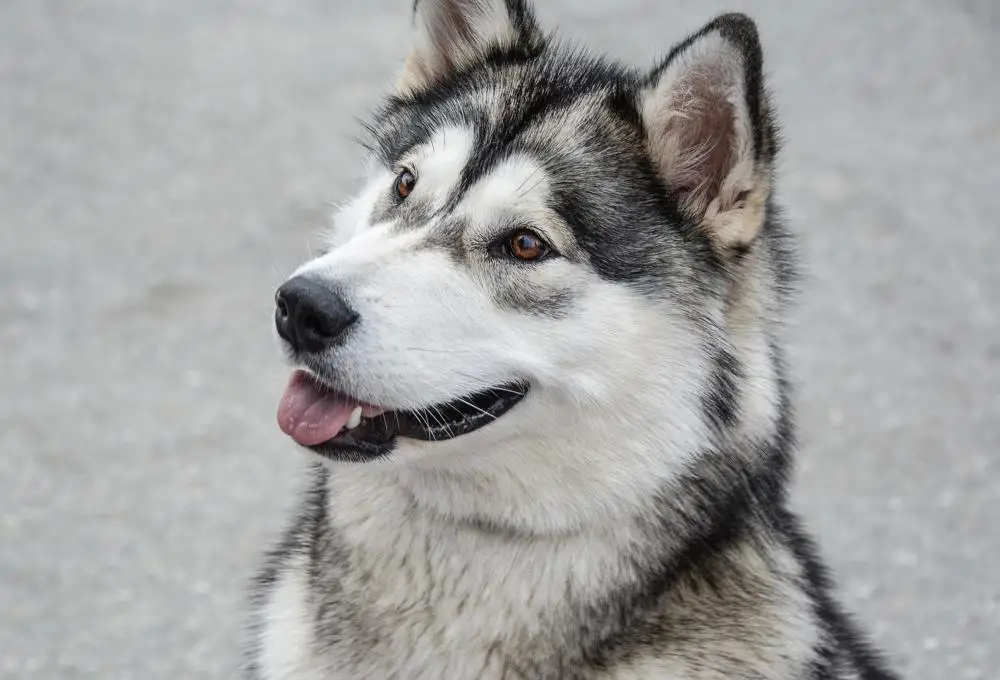
How Long Alaskan Malamutes Live
The lifespan of the Alaskan Malamute is typically from 12 to 15 years.
Moreover, a few years back, veterinarian researchers performed a scientific study to determine the lifespan of the Alaskan Malamute. In this study, the scientists collected data on how long 14 pet Alaskan Malamutes lived.
From the study, it was found that Alaskan Malamutes have an average lifespan of 10.7 years. Furthermore, the study found that it is not uncommon for Alaskan Malamutes to live as long as 13.5 years.
Note that you need to put in some effort if you want your Alaskan Malamute to live long.
Alaskan Malamutes live long if they eat well, drink well, exercise well, and visit the veterinarian regularly.
There are also dog supplements that you can give your Alaskan Malamute to improve your Alaskan Malamute`s quality of their life.
Click here to learn more about how to make your Alaskan Malamute live long.
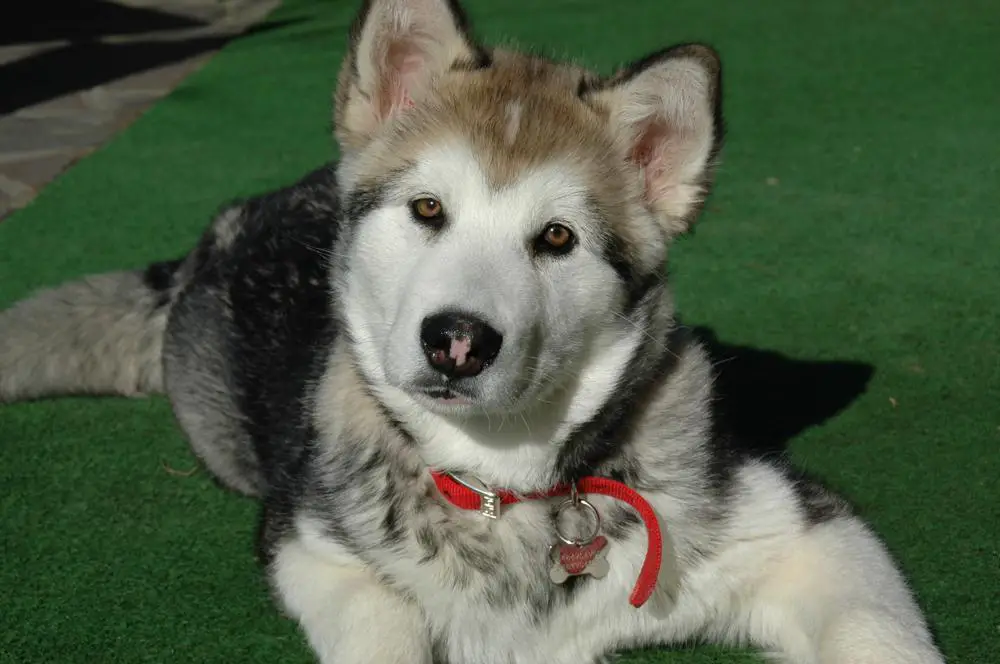
Alaskan Malamute Litter Size
Researchers from the Norwegian School of Veterinary Science did a study where they counted the numbers of puppies in 49 different Alaskan Malamute birth litters.
From this study, the researchers found that the average number of puppies that Alaskan Malamutes can have is 6 puppies. Also, the Alaskan Malamute can have as few as 2 puppies per litter and as many as 11 puppies per litter.
The number of puppies that the Alaskan Malamute will have depends on factors such as the age of the Alaskan Malamute, the method of pregnancy, etc.
Click here to see our calculator for predicting how many puppies your Alaskan Malamute will have and how the litter size of the Alaskan Malamute compares to the litter size of other dog breeds.
How Fast Alaskan Malamutes Can Run
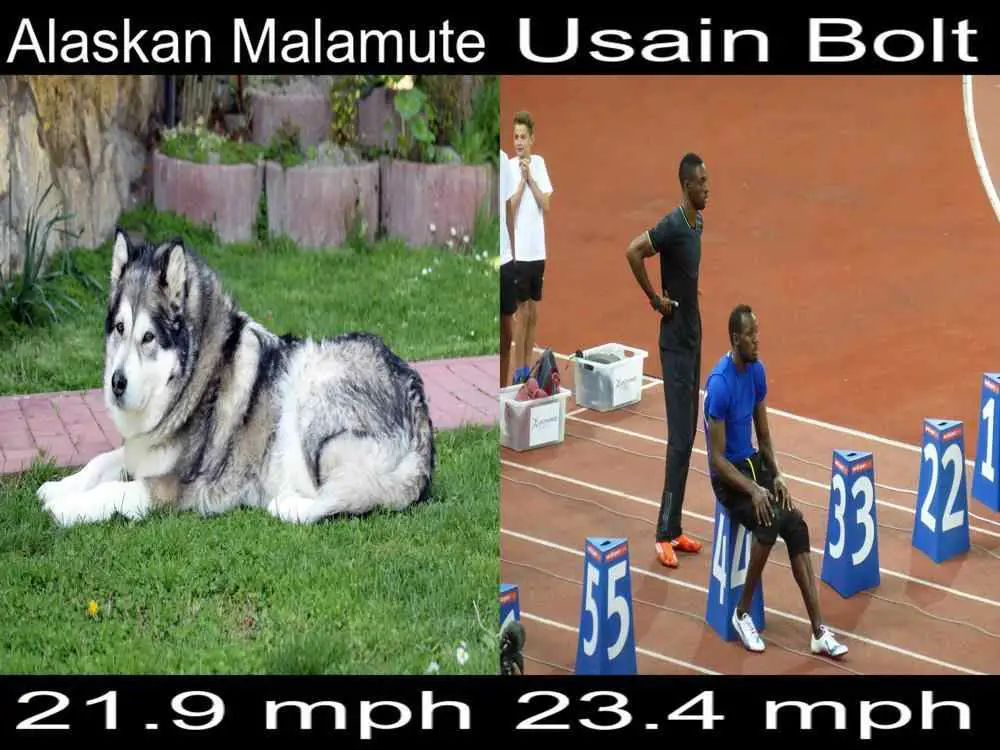
How fast a dog breed can run is a good measure of how athletic the dog breed is.
The American Kennel Club (AKC) regularly conducts dog running competitions. The AKC records the running speed of competing dogs in these competitions. These competitions are open to all dog breeds.
Based on our analysis of the speeds of 74 different Alaskan Malamutes, the average speed of the Alaskan Malamute is 21.9 mph (35.2 kmph).
The fastest speed on AKC record that the Alaskan Malamute ran in a race is 26.44 mph (42.6 kmph) and the minimum speed on record in a race for a Alaskan Malamute is 9.67 mph (15.6 kmph).
Click here to see how the speed of the Alaskan Malamute compares to the speed of other dogs and other mammals such as cats, horses, humans, etc.
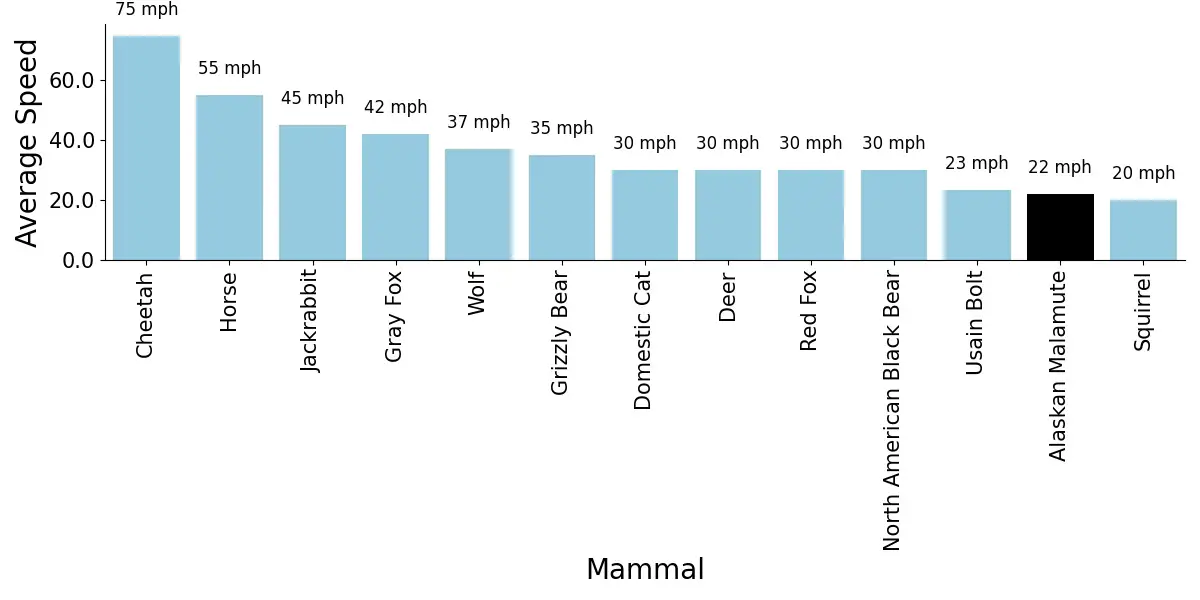
Good Names for Alaskan Malamutes
Here are some really good names that are typical for the Alaskan Malamute ranked by popularity:
- Dog
- Bear
- Niko
- Comet
- Axel
- Zeus
- Kodiak
- Odin
- Thunder
- Remus
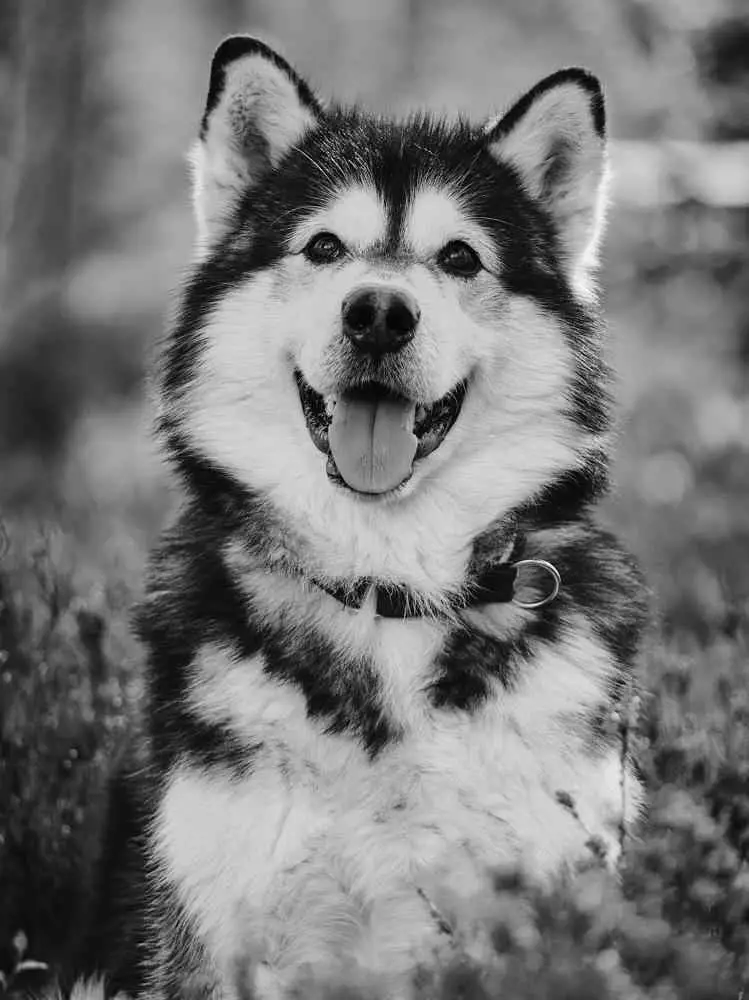
How Intelligent are Alaskan Malamutes?
| Alaskan Malamute | |
|---|---|
| Intelligence Rank | 50 out of 130 dog breeds |
| Trainability | Tend To Learn New Commands After 25 To 40 Repetitions |
According to Prof. Stanley Coren, a Canadian psychology professor/dog trainer, the total intelligence that a dog demonstrates is the addition of three types of intelligence. These intelligence types are:
- Instinctive Intelligence: This is the natural intelligence that comes from instinct. For example, dog breeds that have been historically bred to be guard dogs will have a high `guarding` intelligence compared to dogs that were not bred for guarding.
- Adaptive Intelligence (learning and problem-solving ability): This indicates what a dog can learn to do for himself or herself. Adaptive intelligence is specific to each dog, and not breed specific. You can improve your dog`s adaptive intelligence by investing time to train your dog.
- Working/Obedience Intelligence: This type of intelligence is breed-specific. Certain dog breeds tend to have higher working/obedience intelligence than some other breeds. This intelligence is the closest to what we might call school-learning ability and it is based upon what the dog can learn to do when instructed by humans. This type of intelligence can be measured for each dog breed and compared to that of other dog breeds.
Professor Stanley Coren measured and ranked the working intelligence of about 130 different dog breeds.
Prof. Coren found that the Alaskan Malamute has an obedience intelligence rank of 50 out of 130 dog breeds. Thus, Prof. Coren put Alaskan Malamutes in the `Average Working/Obedience Intelligence Dogs` category.
This means that Alaskan Malamutes tend to learn new commands after 25 to 40 repetitions.
However, we should mention that a dog should not be judged based on its intelligence alone. There are other important factors you need to consider when deciding on which dog breed to get. These other factors include sociability, adorability, and compatibility of the dog breed with your lifestyle.
See the intelligence ranking of some other dog breeds below:
| Breed | Intelligence Rank |
|---|---|
| Border Collie | 1 |
| Pembroke Welsh Corgi | 11 |
| English Cocker Spaniel | 18 |
| Brittany | 19 |
| Cocker Spaniel | 20 |
| Irish Water Spaniel | 24 |
| Chesapeake Bay Retriever | 27 |
| American Staffordshire Terrier | 34 |
| Curly-Coated Retriever | 41 |
| Finnish Spitz | 43 |
| American Water Spaniel | 44 |
| Boxer | 48 |
| Dachshund | 49 |
| Pug | 57 |
| Maltese | 59 |
| Bull Terrier | 66 |
| Shih Tzu | 70 |
| Basset Hound | 71 |
| Bloodhound | 74 |
| American Bulldog | 77 |
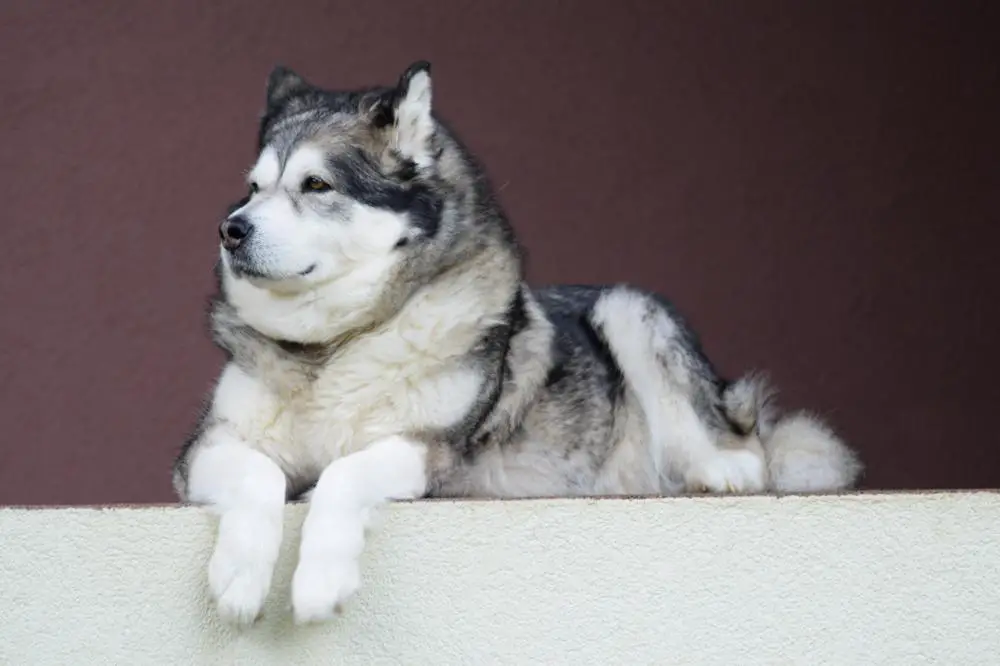
How Popular are Alaskan Malamutes with New Dog Owners?
Every year, the American Kennel Club (AKC) publishes information on how popular a dog breed is in that particular year. The AKC gets the popularity information of a breed from how many dogs of that breed the owners register with the AKC every year. The AKC collects this data for about 200 dog breeds.
The graph below shows the popularity trend of the Alaskan Malamute.
The popularity of the Alaskan Malamute averaged over the years is Number 59 out of about 200 dog breeds.
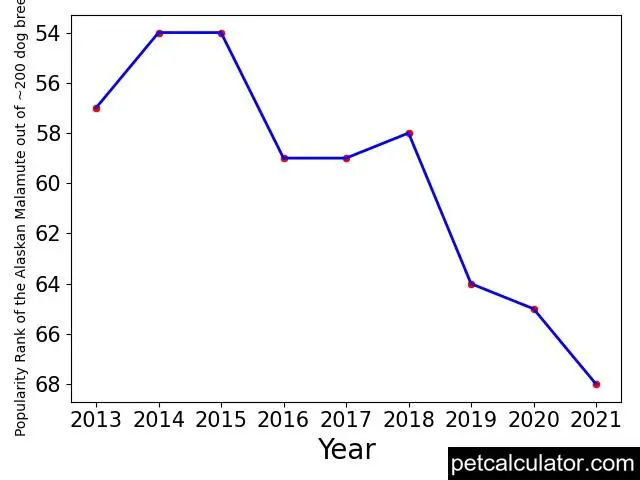
Do not get a dog breed just because it is a popular dog breed. And do not reject a dog breed just because it is an unpopular breed.
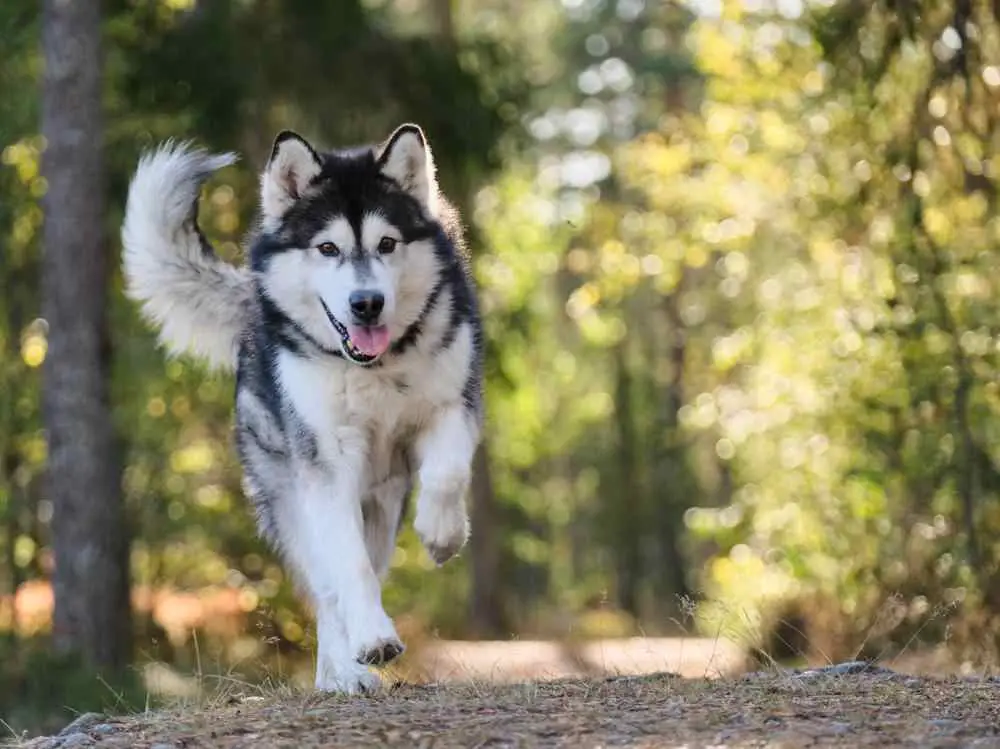
Health Problems in Alaskan Malamutes and How to Prevent Them
Every dog breed has its own set of health problems that it tends to develop. There is nothing like a perfect dog breed.
The Alaskan Malamute is prone to certain genetic health conditions. The Orthopedic Foundation for Animals (OFA) is an organization that keeps track of genetic health problems in dog breeds.
From the extensive records that the OFA keeps, the OFA knows what health problems each dog breed is naturally prone to develop.
Hence, the OFA recommends which health screening breeders should perform on a dog breed to make sure that the breeders won`t breed `defective` dog parents that can pass down defective genes to their puppy offspring.
If you want a Alaskan Malamute puppy that will grow up to be healthy, make sure that your Alaskan Malamute breeder screens your puppy or your puppy`s parents for the health problems that the OFA recommends for your puppy`s breed. This will increase the chances that your puppy is free from genetic defects.
The following are the health tests that Orthopedic Foundation for Animals (OFA) recommends that breeders should screen Alaskan Malamutes for:
You can find out more about OFA`s recommended tests for Alaskan Malamutes here.
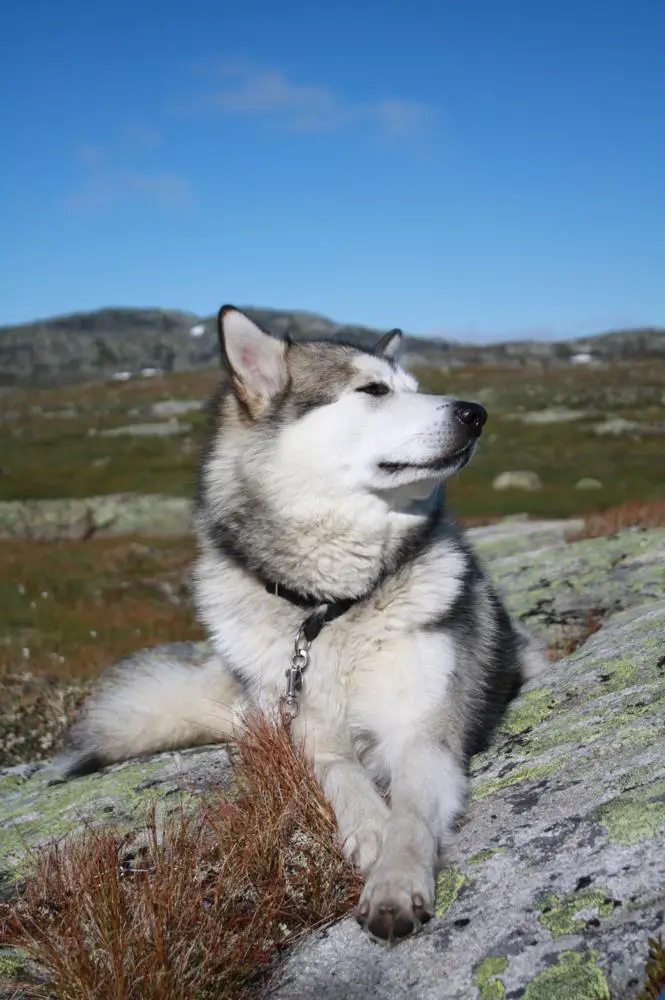
How to Take Care of Alaskan Malamute
To take good care of your Alaskan Malamute, you need to make sure that you groom your Alaskan Malamute regularly.
Secondly, you need to find a veterinarian in your area that will routinely check the health status of your Alaskan Malamute regularly, and give you appropriate recommendations on your Alaskan Malamute`s preventative care.
Thirdly, you need to commit some time to exercise your Alaskan Malamute daily. Regular exercise helps improve the health and quality of life of your Alaskan Malamute.
Also, you need to feed your Alaskan Malamute high-quality dog food, and the food should be of the right amount to prevent your Alaskan Malamute from getting overweight or underweight.
See our recommendations on what to feed the Alaskan Malamute and how much food to feed the Alaskan Malamute at different life stages.
Finally, you need to make sure that your Alaskan Malamute has access to clean water all the time. See our recommendations on how much water your Alaskan Malamute needs to drink at different ages.
Dog Breeds That Are Similar to Alaskan Malamutes
If you have not made up your mind on which dog breed to get, you may also want to consider some other dogs similar to the Alaskan Malamute.
We crunched the numbers and found that the following dog breeds that have similar behavior and temperament as the Alaskan Malamute:
- Giant Schnauzer (74 percent match with Alaskan Malamute). Learn more about the Giant Schnauzer here.
- Gordon Setter (73 percent match with Alaskan Malamute). Learn more about the Gordon Setter here.
- Korean Jindo Dog (72 percent match with Alaskan Malamute). Learn more about the Korean Jindo Dog here.
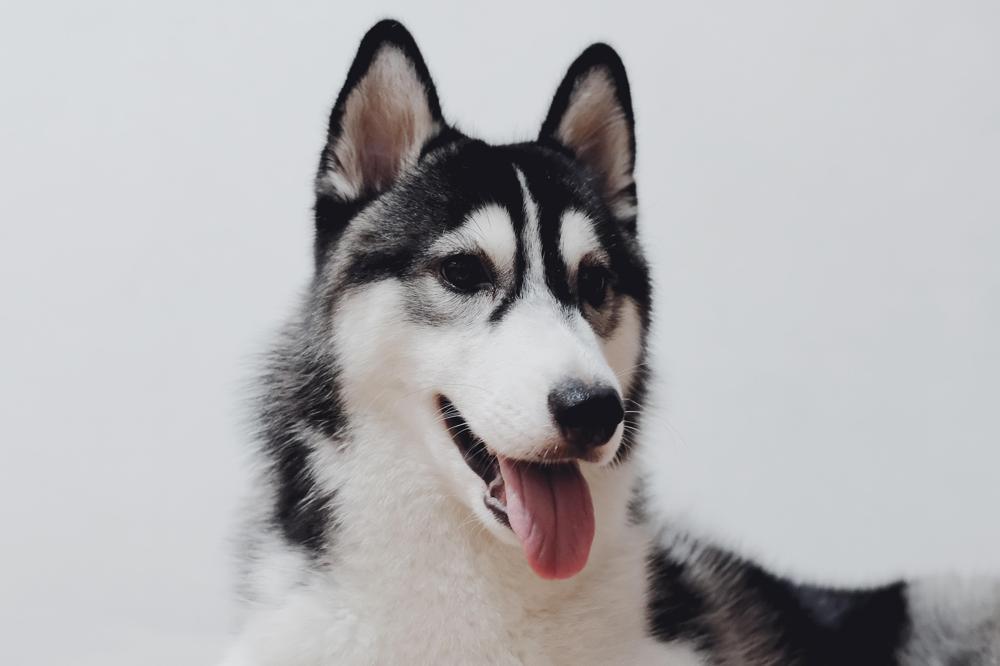
Other Things to Know About Alaskan Malamutes
Here are some of the very important characteristics of the Alaskan Malamute that you need to know about the Alaskan Malamute breed:
